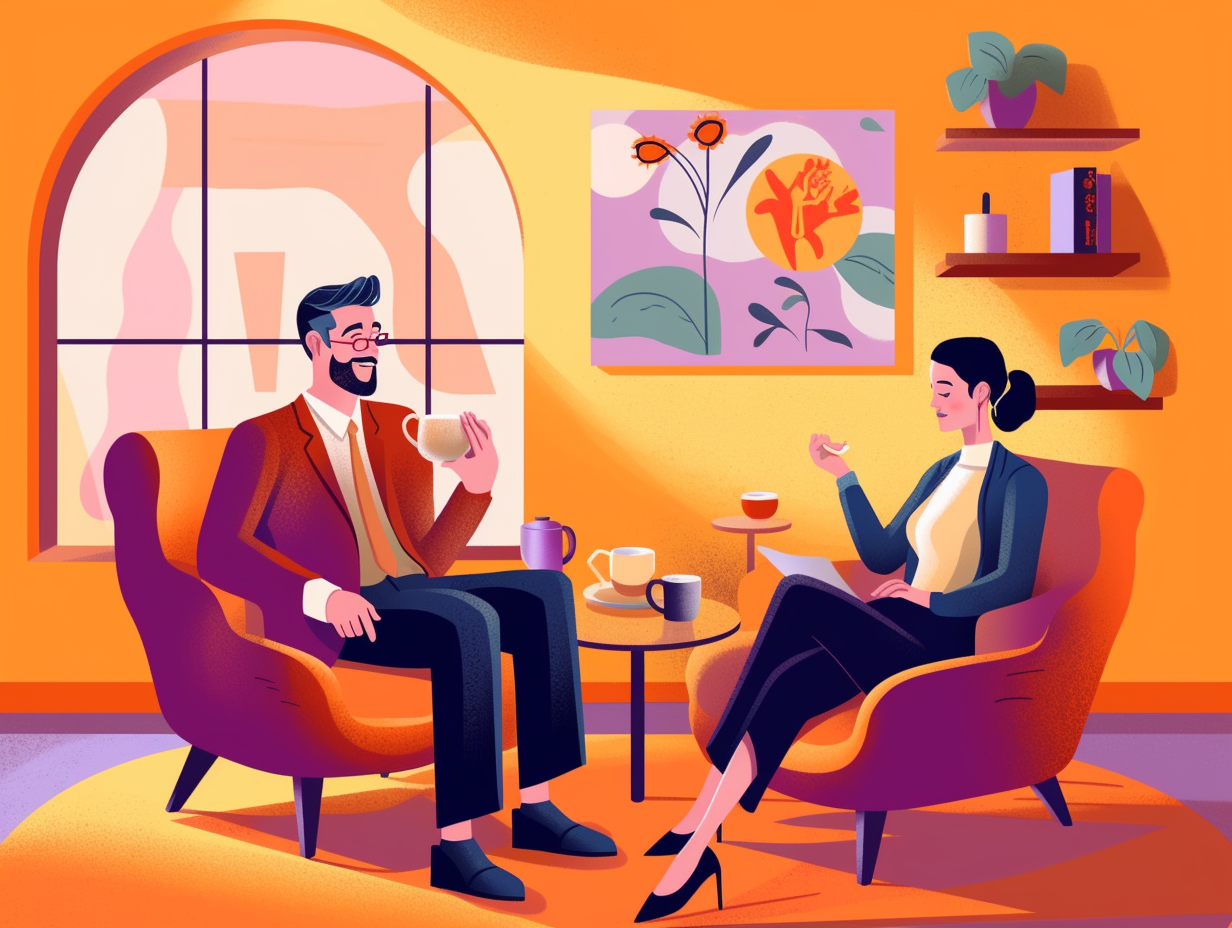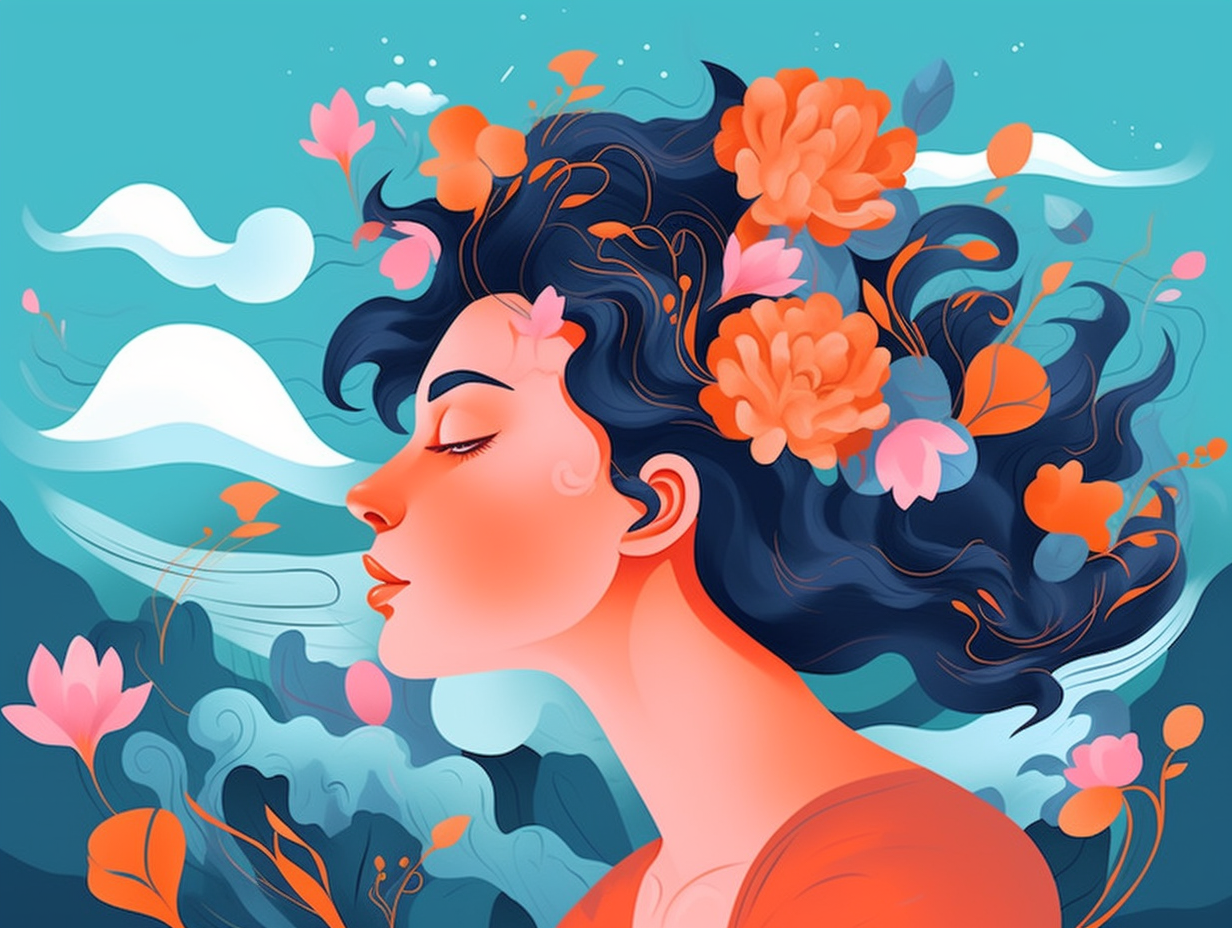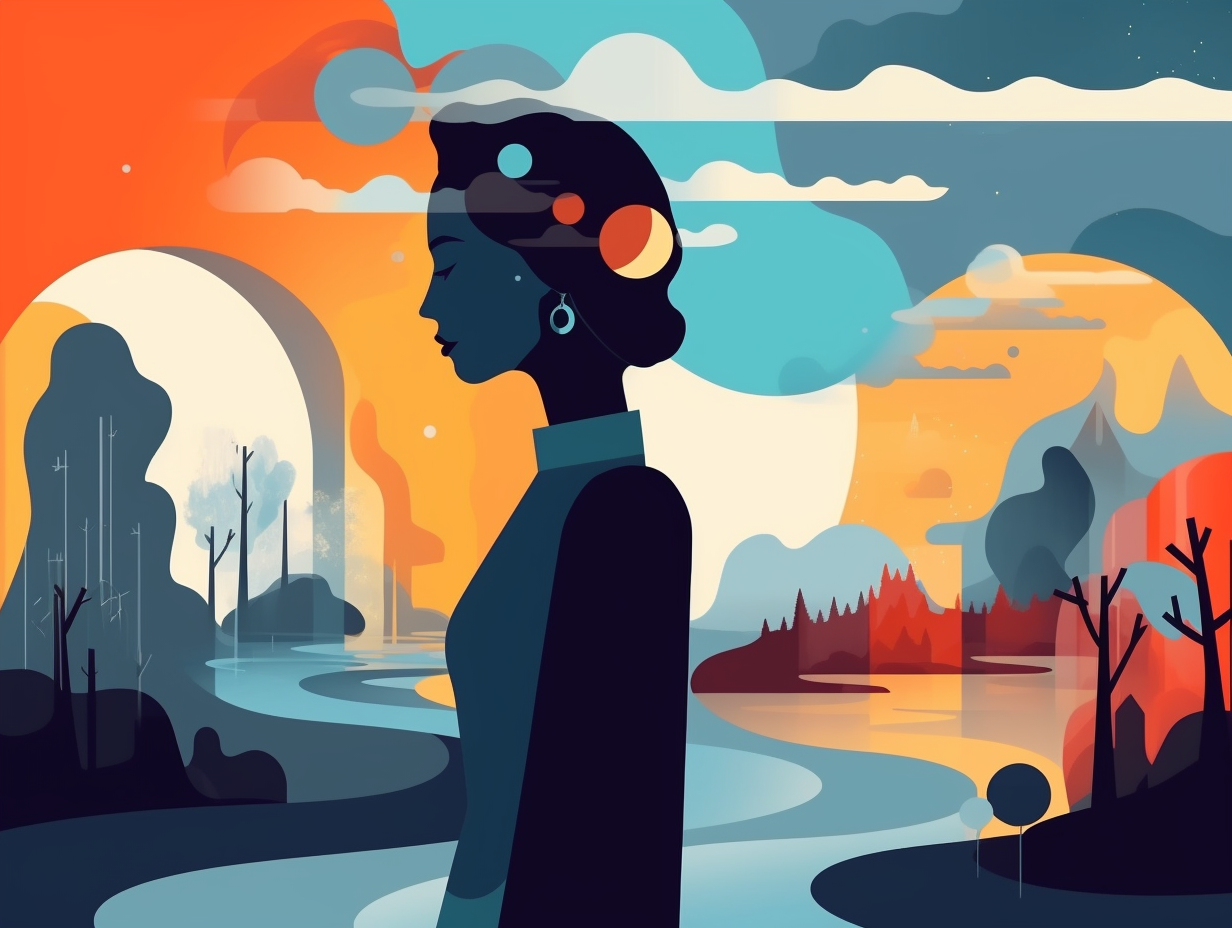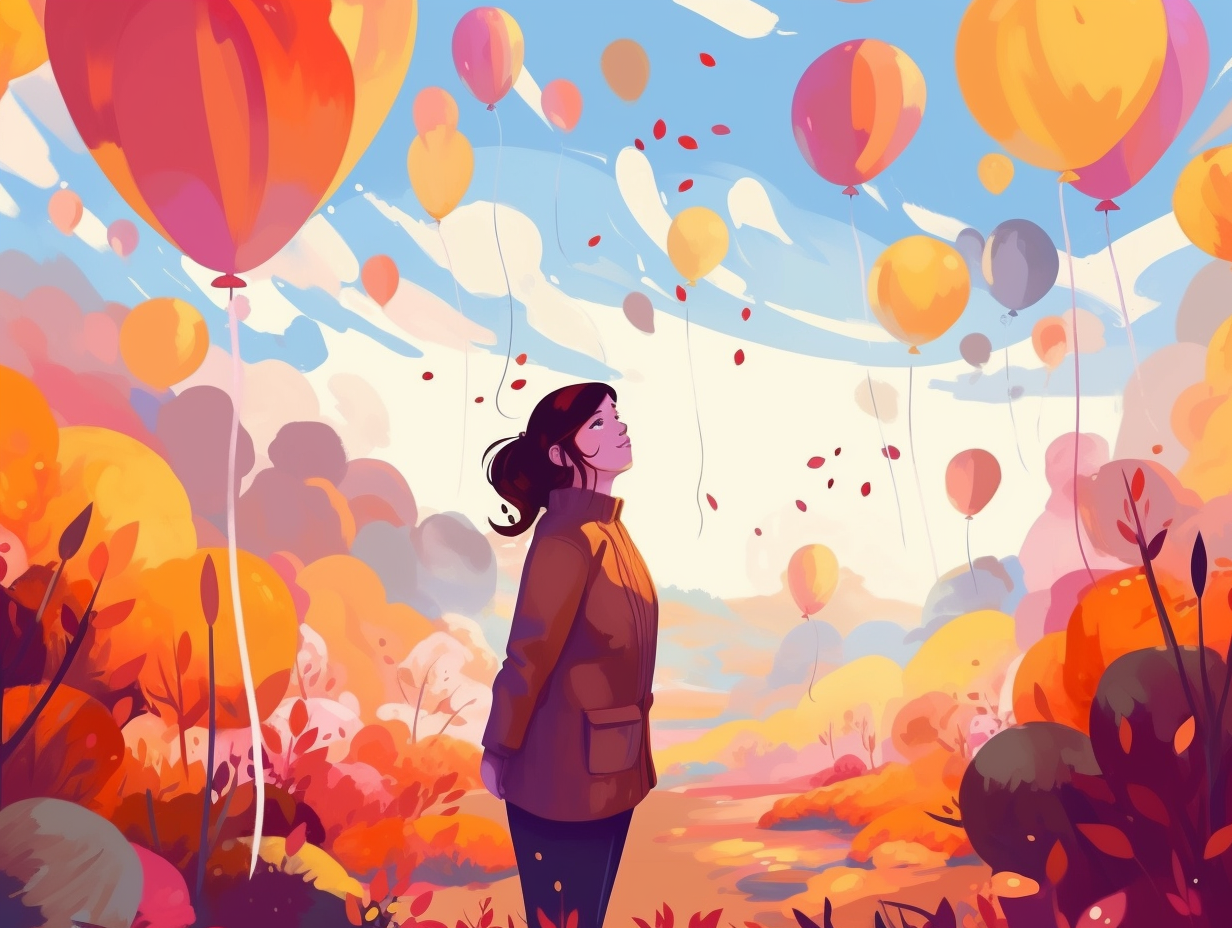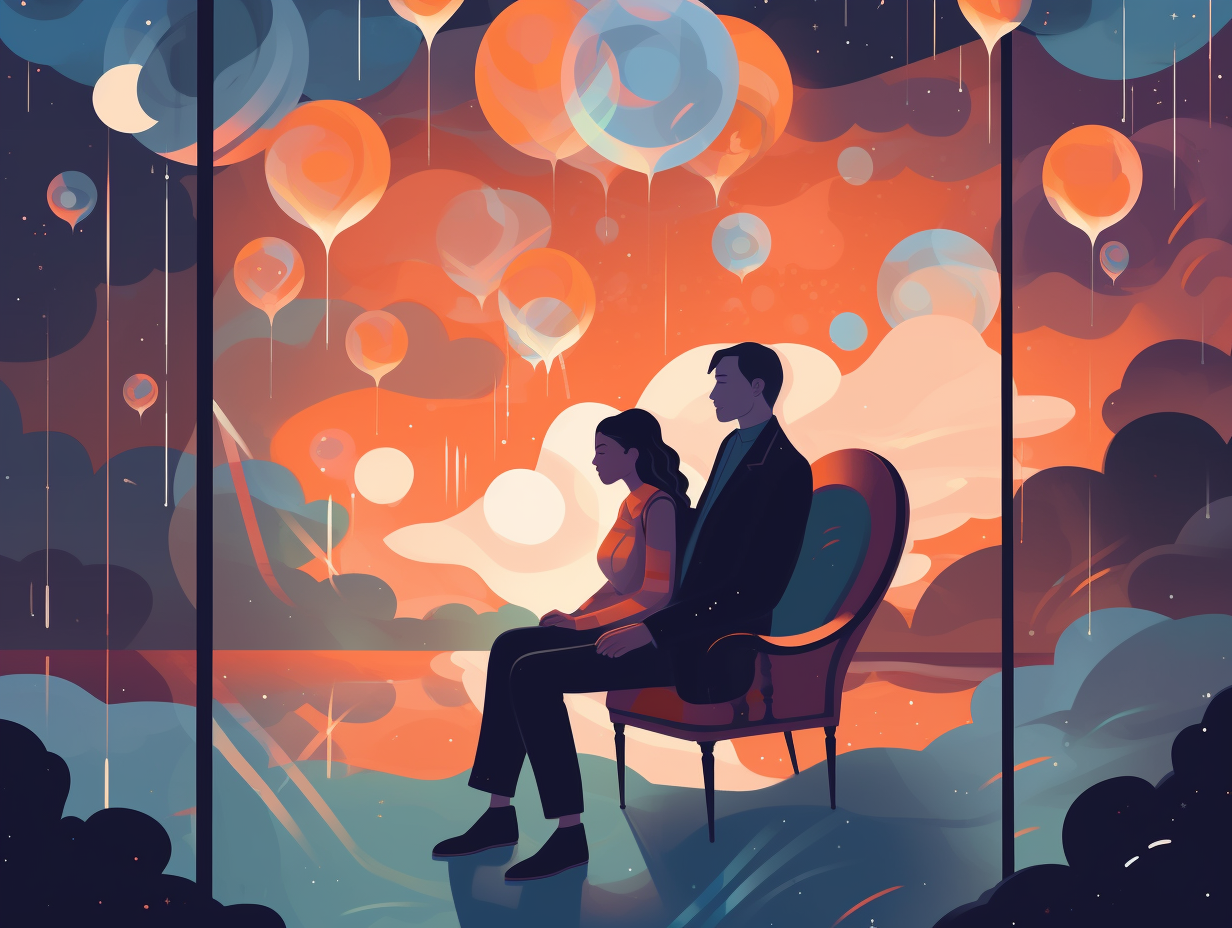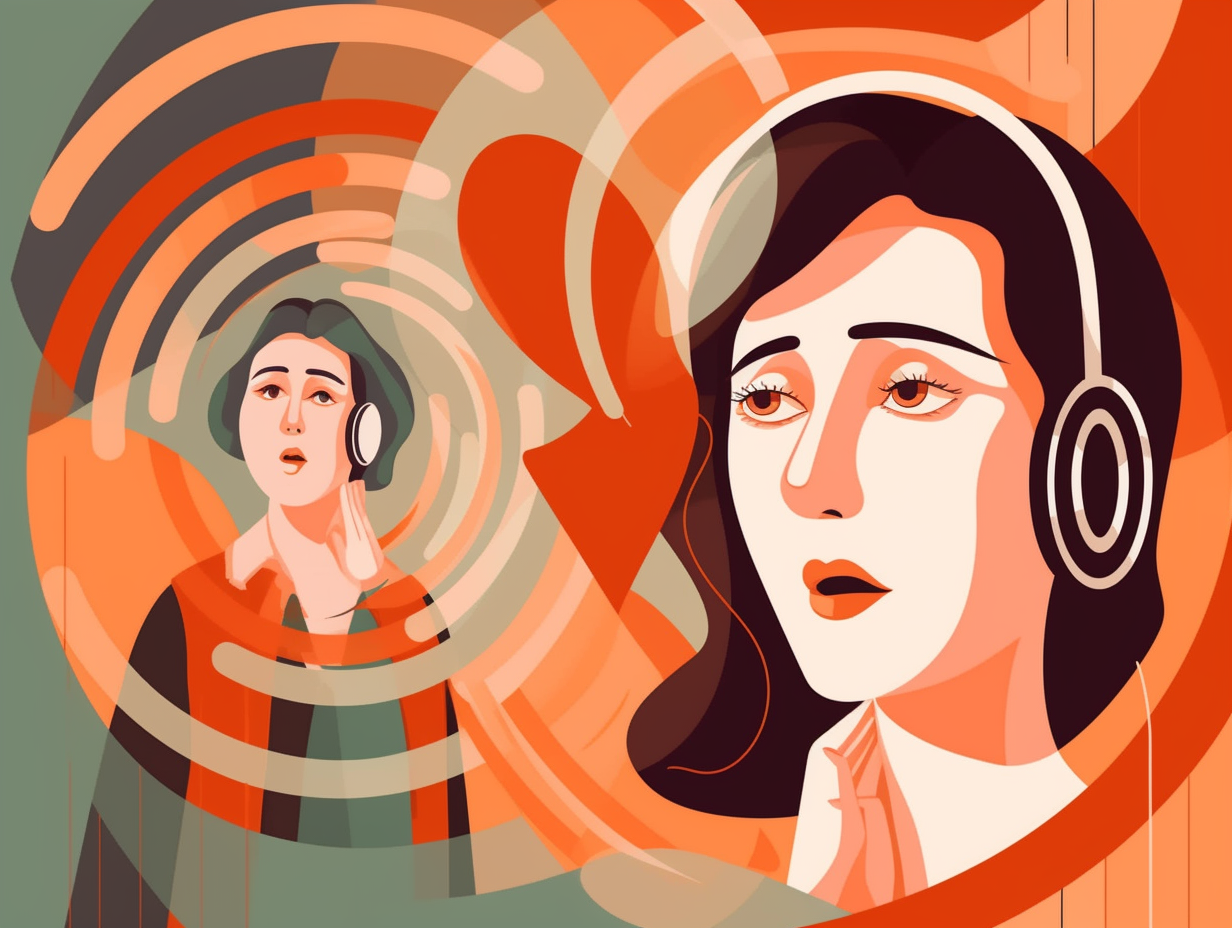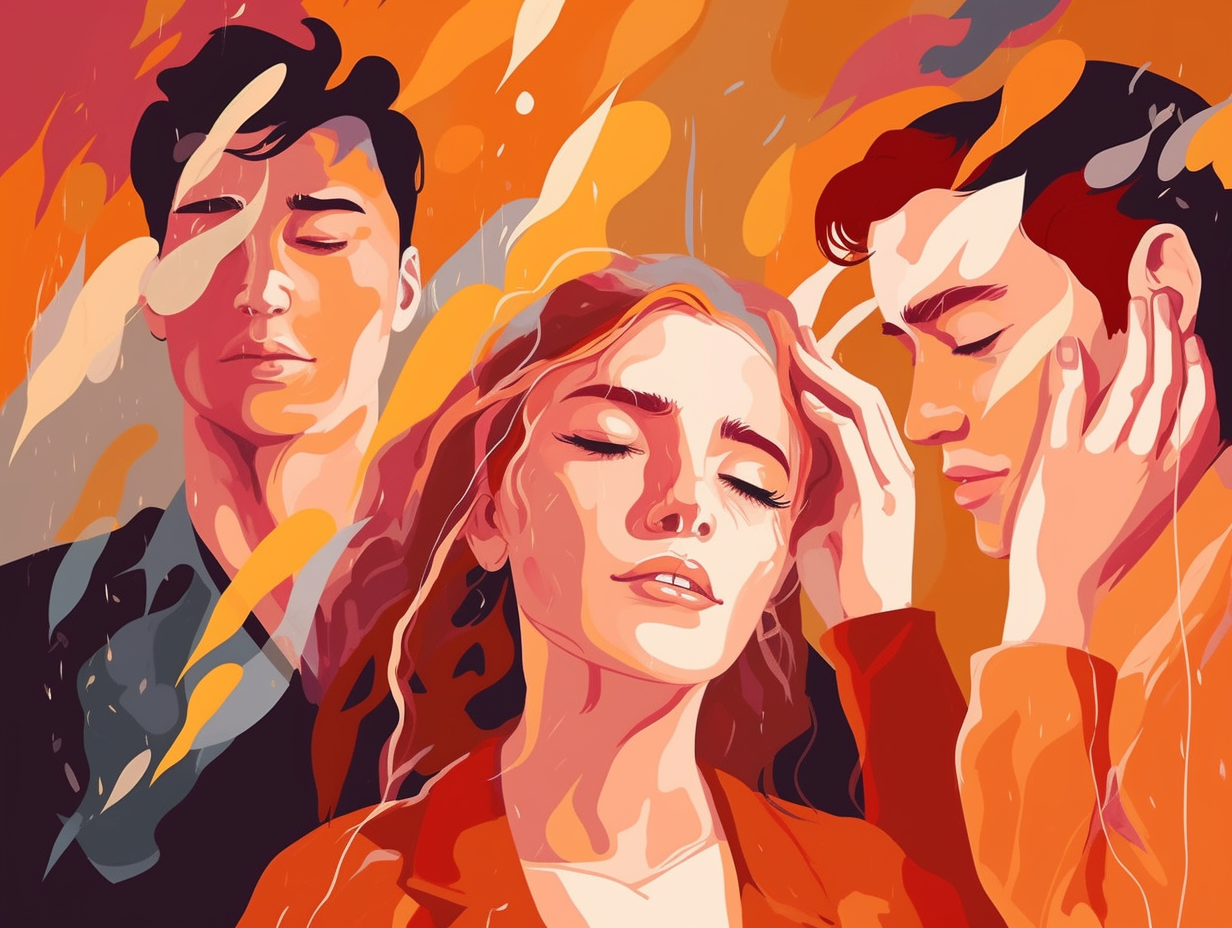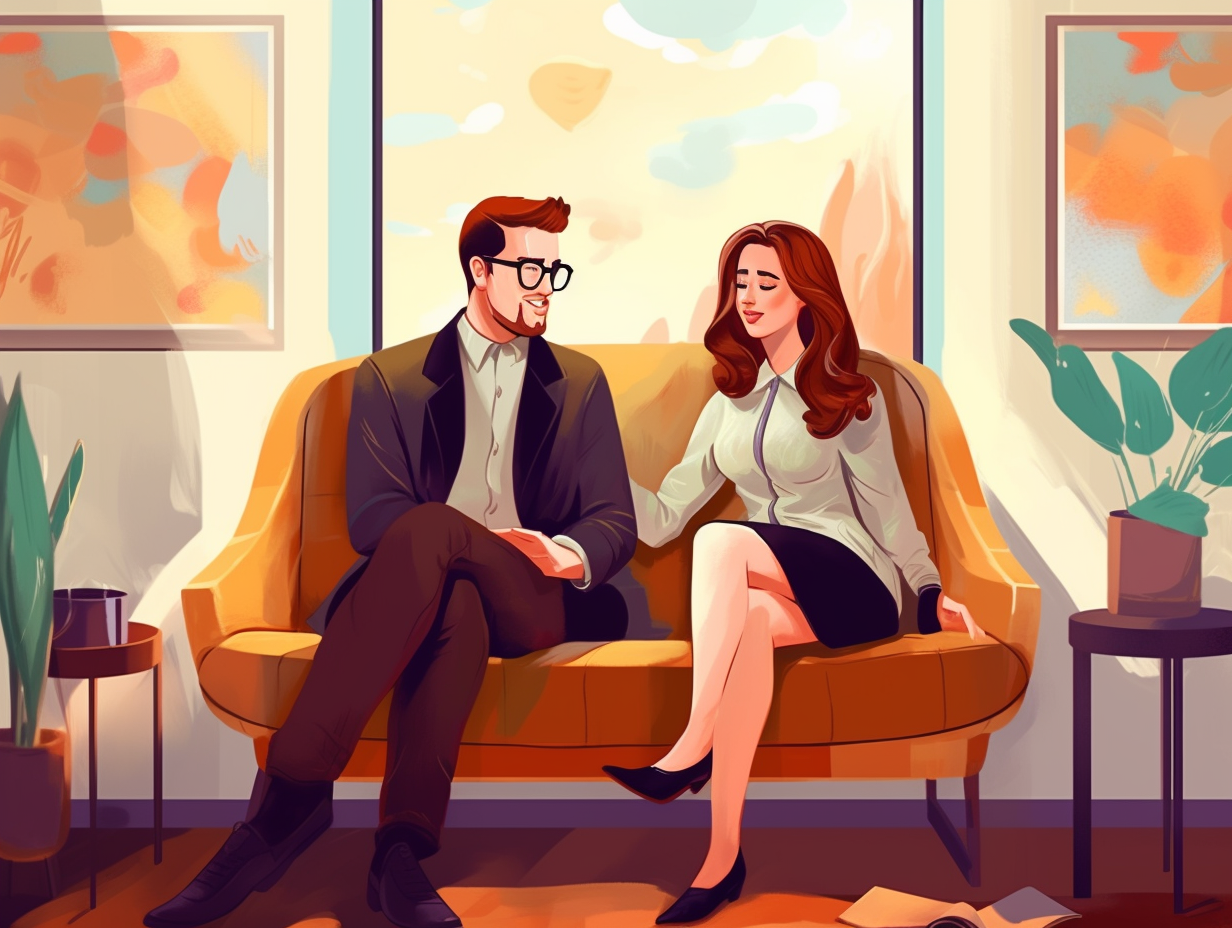Unlock Your Creativity: 12 Surprising Fun Facts About Art Therapy You Never Knew!

1. Art-ful Remedy
Feeling artsy-fartsy while going through life's Picasso-like phases? The best remedy might be a gentle brush with a therapeutic palette: Art therapy is a regulated mental health profession facilitated by a credentialed art therapist who is specifically trained to use art interventions and the creative process to work with individuals on their needs or issues that they seek to address, according to the American Art Therapy Association.
Source => onlinecounselingprograms.com
2. Lemonade Masterpiece
When life gives you lemons, make a stunning abstract masterpiece: Art therapy is a creative way to tackle mental health issues like depression and PTSD, as studies show that expressing yourself through art helps manage behaviors, process emotions, and build self-esteem – no Picasso skills required, just an adventurous spirit ready to embrace those feelings!
Source => rtor.org

Did you know that tickling the ivories can actually improve your motor skills? Discover the secret superpower of music therapy in neurological rehabilitation! 🎶💪✨
=> Fun Facts about Music-Therapy
3. Picasso Meets Freud
Picasso and Freud walk into a bar – or rather, a therapy room: art therapy combines the power of creative expression with psychological techniques to improve mental health, cognitive function, and overall well-being for individuals facing various challenges.
Source => ncbi.nlm.nih.gov
4. Emotional Blobs to Art
Art therapy: the noble quest of turning emotional blobs into tangible masterpieces. Whether you're an aspiring Picasso or your stick figures are the laughingstock of your kindergarten reunion, this artful method of self-exploration wants a piece of your psyche: Utilizing a smorgasbord of creative outlets like ceramics, sculptures, collages, and even photography, art therapy seeks to relieve stress, increase self-awareness, enable emotional release, and bolster self-confidence by transforming personal emotions into captivating works of art.
Source => sageclinic.org
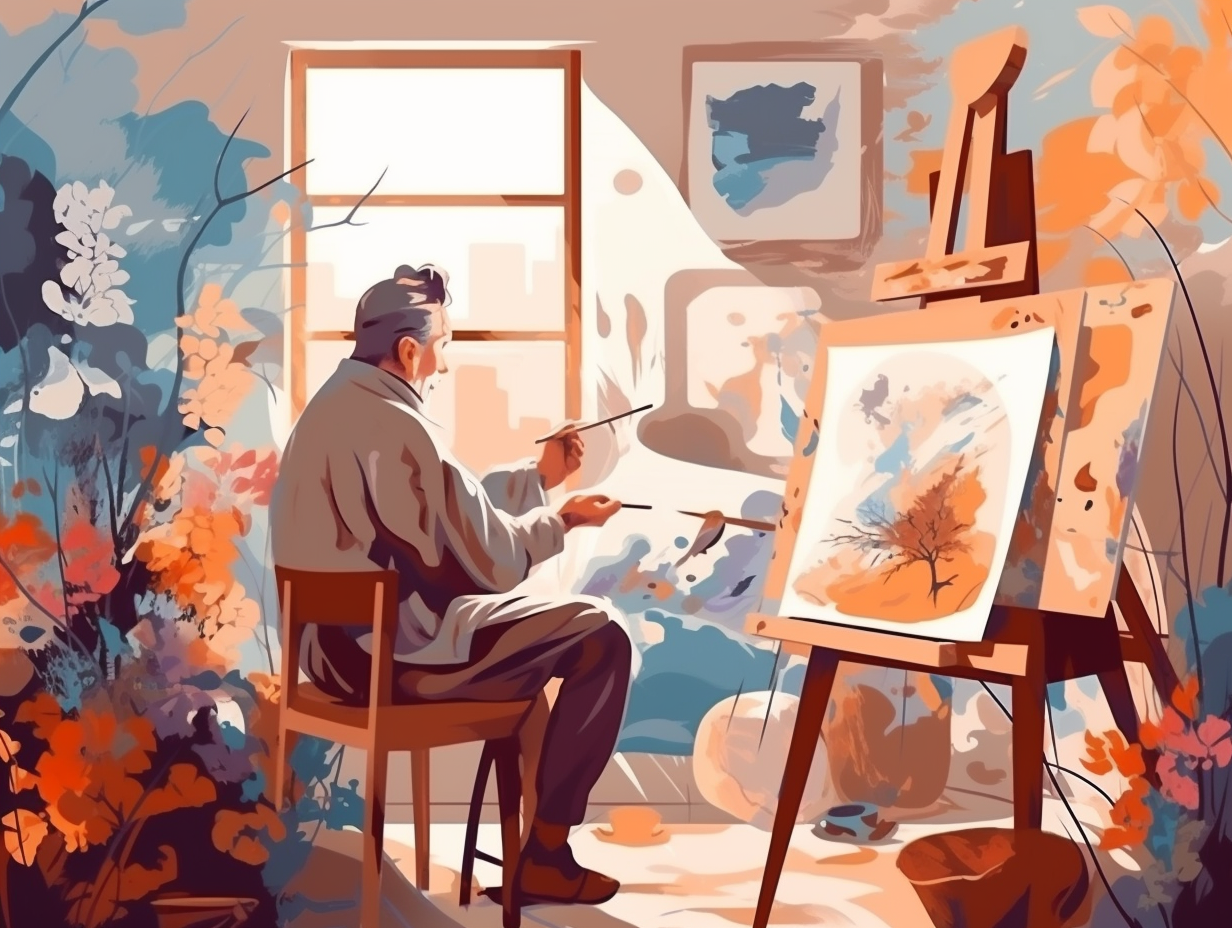
5. Mona Lisa Therapeutic Origins
Hold onto your berets and don't go all Van Gogh on us: art therapy made its entrance on the therapeutic stage way back during the Renaissance, when art educators used it to treat people with mental illnesses and disabilities. What blossomed into a full-fledged profession in the 1940s, started out as a Mona Lisa of therapeutic techniques – mysterious and intriguing!
Source => musicandarttherapy.umwblogs.org
6. Healing Power of Art
Step aside, stick figures and fridge-bound finger paintings: Art therapy is here to prove that artistic prowess is not a prerequisite for emotional healing! The serious reveal: This powerful practice uses the creative process and various artistic techniques to help individuals explore their emotions, resolve lingering conflicts or traumas, and ultimately, improve their personal wellbeing.
Source => positivepsychology.com
7. Van Gogh Stress Relief
Feeling like a Van Gogh without the ear incident? Get ready to paint those troubles away: Art therapy not only helps regulate emotions and minimize stress, but also provides a lasting keepsake that can serve as a calming presence for clients, especially children, who often display their masterpieces with pride.
Source => creativityintherapy.com
8. Art Therapy Brainstorm
Move over, Picasso! Art therapy is sweeping the nation – and the brain – by storm, helping folks paint their worries away and turn that frown into a splashy, colorful, therapeutic masterpiece: Art therapy has been proven to benefit people of all ages and treat a vast array of mental disorders and psychological distress, such as anxiety, depression, addiction, and even Alzheimer's and dementia.
Source => superprof.com
9. Starry Fright Remedy
When life goes Van Gogh and you're feeling "starry, starry fright," consider picking up a paintbrush and dabbling in some self-expression: Art therapy not only helps individuals convey their emotions and enhance self-awareness but also improves cognitive function, interpersonal relationships, and decreases symptoms of depression, anxiety, and other mental health disorders when utilized alongside pharmacotherapy.
Source => ncbi.nlm.nih.gov

10. Monet-Van Gogh Emotion Care
When a Picasso wanna-be meets a Freud enthusiast, magic happens: Art therapists are equipped to select the best artistic tools and techniques tailored to each client's unique situation, encompassing factors like age, mental and physical conditions, and the goal of their therapy, employing mediums such as oil pastels, paints, clay, collages, phototherapy, family sculpture, and even digital art programs for customized client care.
Source => allpsychologycareers.com
11. Art Meets Emotion for Health
If Monet and Van Gogh had a love child, it might be called art therapy: a creative outlet that helps improve mental health and well-being by allowing individuals to explore their feelings, reconcile emotional conflicts, and foster self-awareness without the need for artistic skills, experience, or the craving to create an Instagram-worthy masterpiece.
Source => thecheckup.in
12. Artist's Subconscious Adventure
Did you hear the one about the artist who walked into their subconscious? They painted the town red, down to the very hemispheres of their brain: In the wonderful world of art therapy, individuals can strengthen their psychological balance and explore their inner depths, all by accessing both the right and left sides of that creative noggin of theirs.
Source => chinaelg.cn
Related Fun Facts




